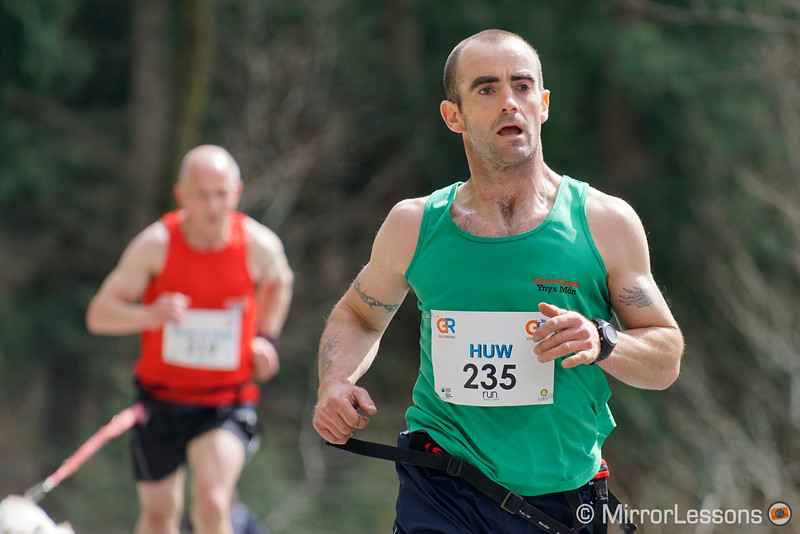The Sony A6000 and A5100 were announced in 2014, and have been very popular ever since. In fact, the A6000 is one of the most sold mirrorless camera of all time, and is still in the market seven years later.
The A6000 and its advanced phase detection autofocus were an important step forward for the mirrorless series, proving that they could do well in the field at a time when many photographers were still skeptical about the performance compared to DSLRs.
The same year Sony released a lower-end model, the A5100, which has a simplified body design but shares the same sensor and autofocus capabilities, which was a bit of an unexpected move back then.
Despite their age, these two cameras are still searched for today. I’m going to show you how the two compare but first, let’s start with the many things they have in common.
- 24.3MP APS-C sensor
- ISO 100-25600
- Hybrid AF with 179 phase and 25 contrast detection points
- Eye AF (Single AF and still mode only)
- No in-body stabilisation (supports optical stabilisation on select lenses)
- 1080p video up to 60fps and 50Mbps (XAVC S codec*)
- No headphone input, no headphone output
- Wifi and NFC
- 1 SD card slot
*Note: XAVC S was added to the A6000 with firmware 2.0
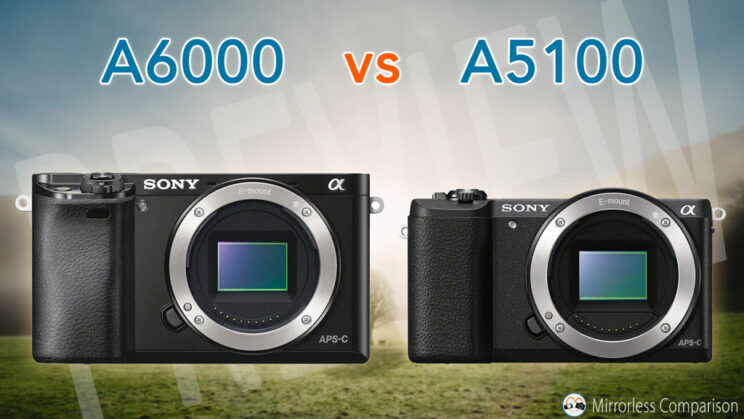
Ethics statement: the following is based on our personal experience with the A6000 and official specifications of the A5100. We were not asked to write anything about these products, nor were we provided with any sort of compensation. Within the article, there are affiliate links. If you buy something after clicking the link, we will receive a small commission. To know more about our ethics, you can visit our full disclosure page. Thank you!
1. Viewfinder
The A6000 features an electronic viewfinder. It is a 0.39-in panel with 1.44M dots of resolution, 0.70x magnification and a 23mm eyepoint.
By 2021 standards, the EVF of the A6000 is getting on, especially concerning the resolution. But it is still better than nothing and will help you frame subjects when the light outside is too bright to see the LCD screen clearly, or if you prefer to compose your shots with a viewfinder. The 23mm eyepoint makes it decent to use if you wear prescription glasses like I do.
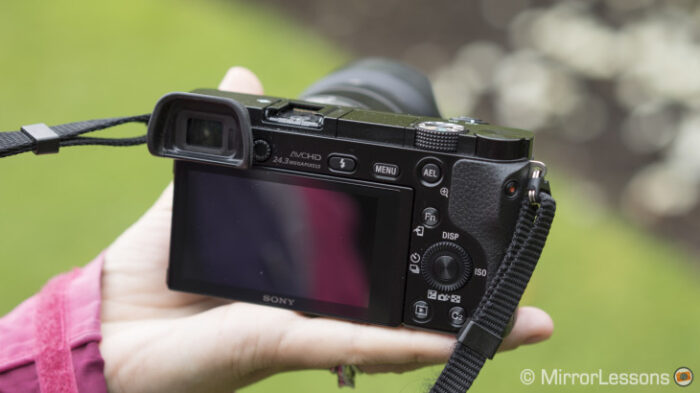
With the A5100, the only option to compose your image is the rear screen as there is no way to attach an external viewfinder. The alternative would be to use a third-party universal viewfinder loupe, which attaches to the rear LCD screen, but that will prevent you from tilting the screen up or down, and will also add bulk to the camera.
2. LCD screen
Both cameras feature a 3” LCD screen with 921k dots of resolution.
The one on the A5100 has two characteristics you won’t find on the other camera. It can be tilted up to 180˚ (useful for selfies or v-log), and is touch sensitive.
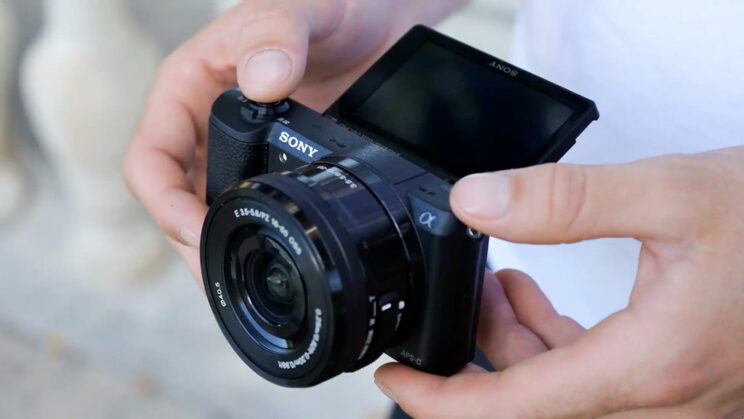
The touch screen on the A5100 allows you to tap to focus on a subject (Touch Focus mode) or take a picture (Touch Shutter mode).
The A6000 doesn’t have touch capabilities, and the screen only tilts up about 90˚.
3. Hot-shoe
The A5100 doesn’t have a hot-shoe connection on top, unlike the A6000.
The hot-shoe is useful for various things such as mounting an external flash, a microphone or other accessories.
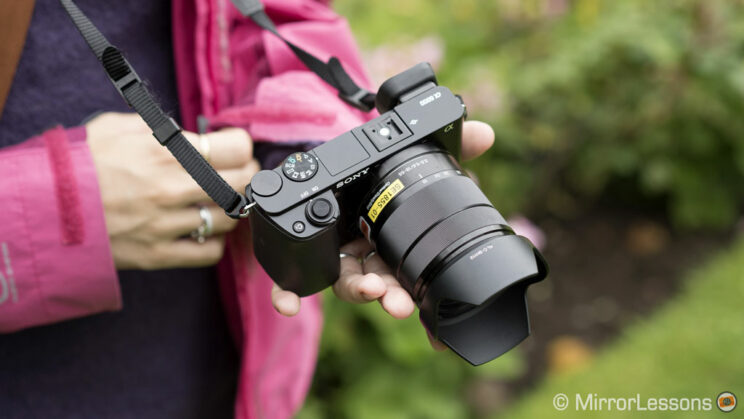
Since neither camera has a microphone input, the hot-shoe gives you the option to use a Sony microphone that is compatible with the A6000 and the multi-shoe interface (see a list of compatible mics on the Sony website). The selection is limited, but at least there is an option to record audio directly to the camera.
For the A5100, you’ll need a separate audio recorder with a microphone, or a portable audio recorder. As for the use of flash, you’ll have to rely on the one built-in on the camera.
4. Size
The A5100 is smaller than the A6000, something you may want to pay attention to if you’re looking for a very compact camera.
- A6000: 120 x 66.9 x 45.1mm, 344g
- A5100: 109.6 x 62.8 x 35.7mm, 283g
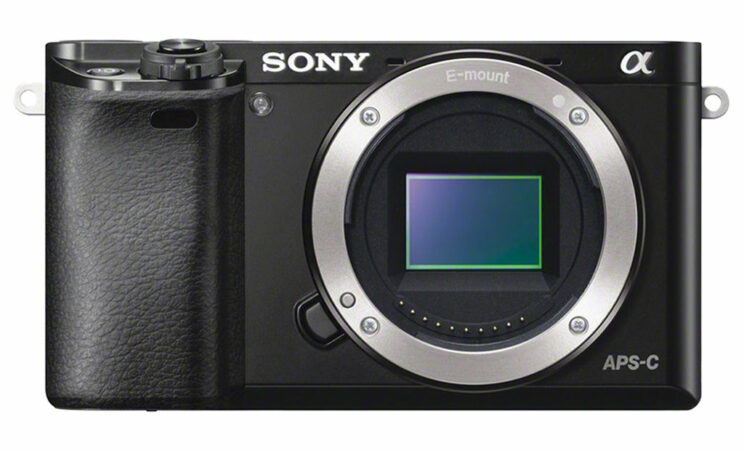
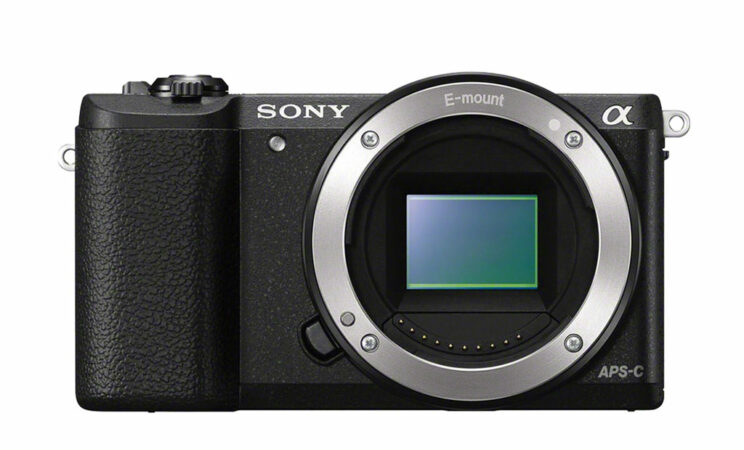
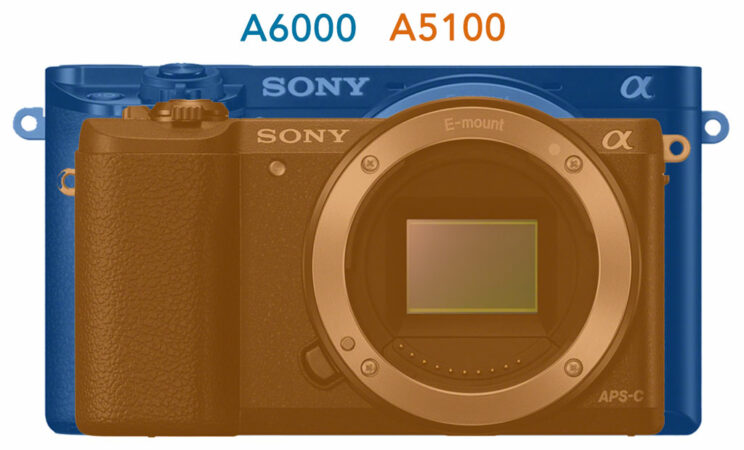
The larger size of the A6000 brings a few advantages like the more prominent grip on the front, which is useful when using mid to large sized lenses. On the rear, the thumb rest is also larger on the A6000.
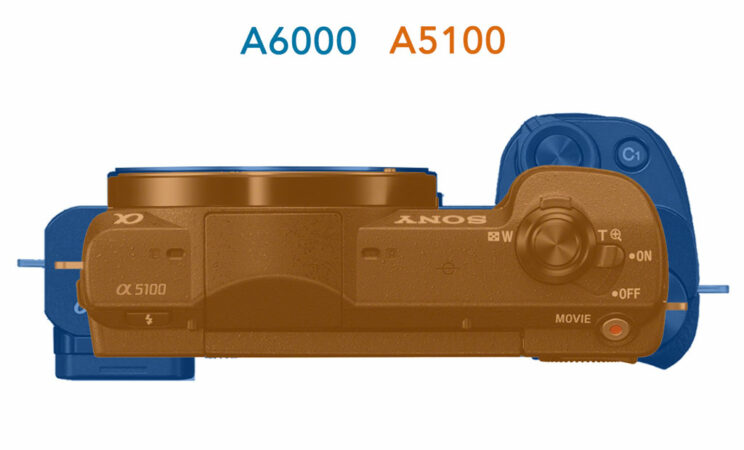
5. Controls
The A6000 has extra buttons and dials to give you more control over your settings.
On top, there is a shooting mode dial, an exposure dial and a C1 customisable button. On the A5100, you only have the shutter button with the zoom ring* around it, as well as the on/off switch.
*Note: the zoom ring only works with motorised zoom lenses.
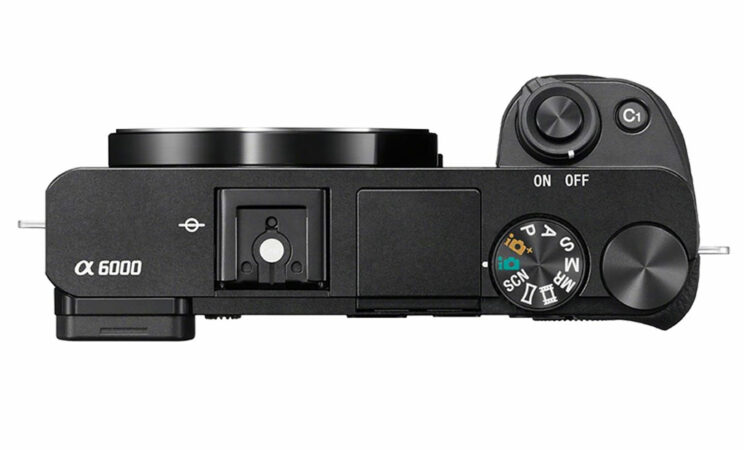
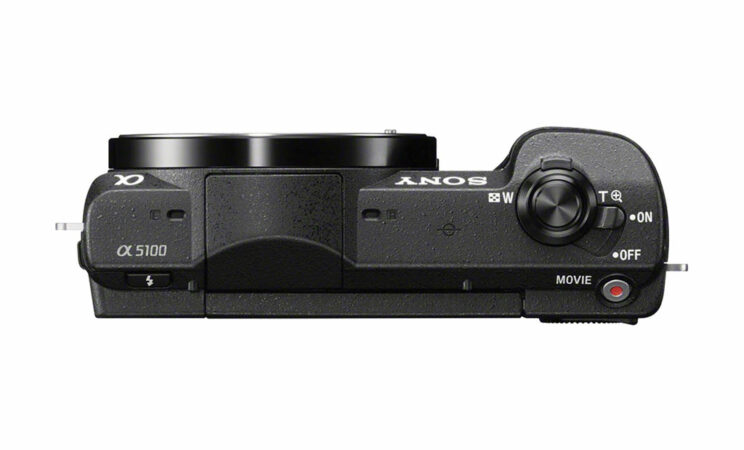
On the rear, the A6000 has a Fn button that activates the quick menu, and an AEL button that can also be customised.
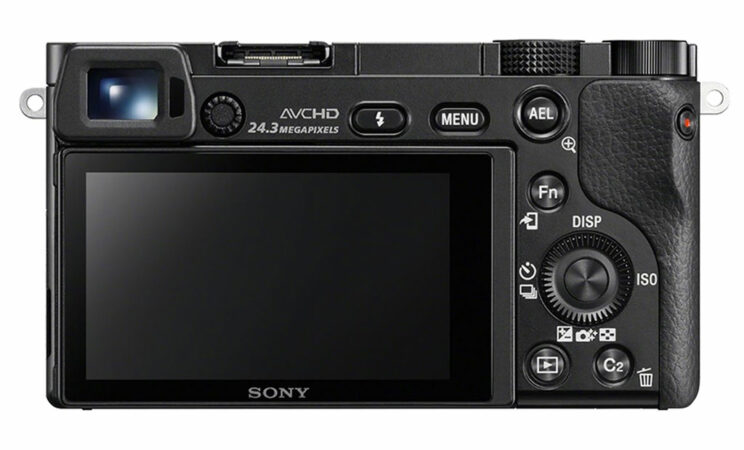
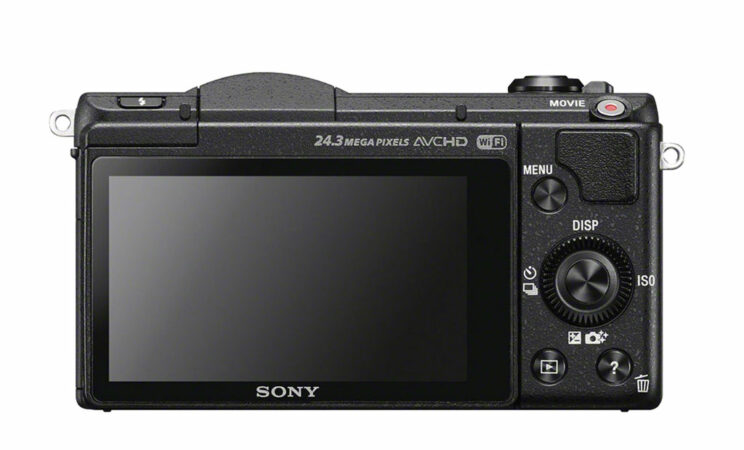
In terms of buttons that can be customised, the A5100 has 5 (all the ones around the control wheel, except the one on top, plus the “?” button). The A6000 has two extra for a total of 7 (C1 and AEL).
6. Body colour options
Ok, this one might not be of interest for many, but the A6000 can be found in four different colours: graphite grey, silver, white and black. It’s possible that not all the colours will be available depending on where you live.

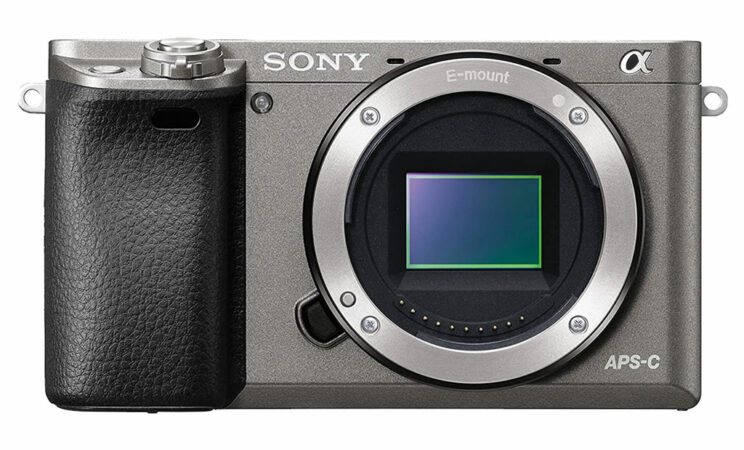
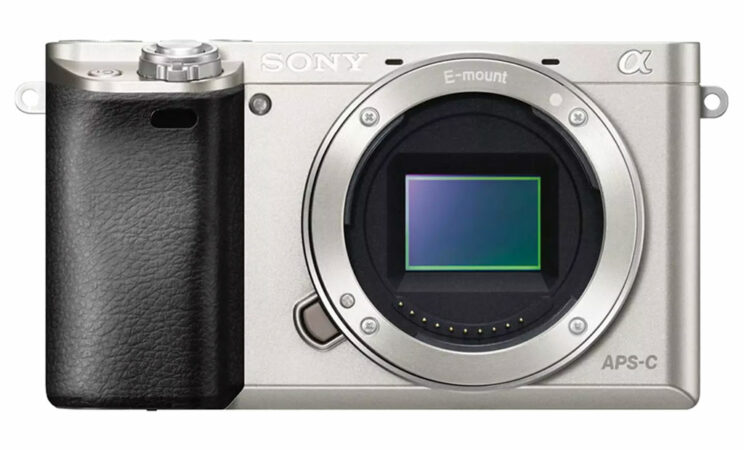
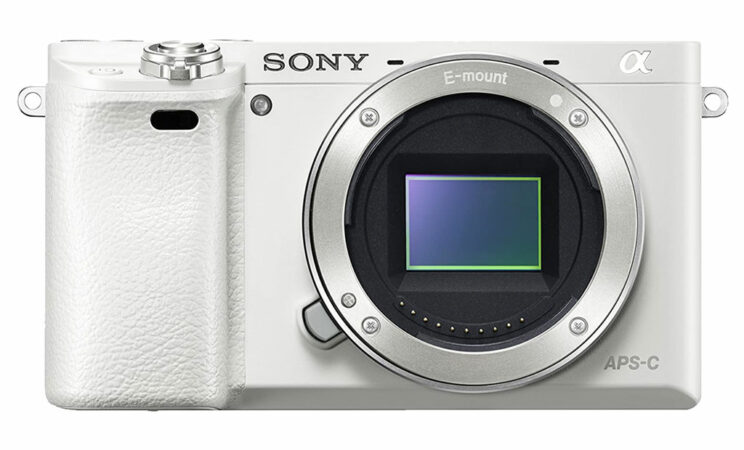
The A5100 comes in black or white.

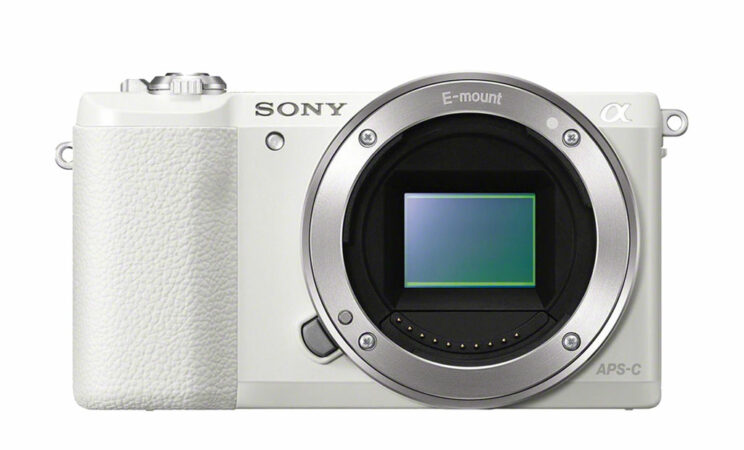
7. Continuous shooting speed
When it comes to performance, the only relevant difference between these two cameras is the drive speed.
The A6000 can shoot up to 11fps, a speed that is shared with the most recent E-mount APS-C cameras such as the A6400 and A6600.
The A5100’s maximum speed is almost half with 6fps.
8. Flash compensation
Another small difference between the two cameras is the the maximum gap you can set with flash compensation: ± 3Ev for the a6000, ± 2Ev for the A5100.
9. Battery life
Both cameras use the Sony NP-FW50 battery but the A5100 has a higher rating (CIPA) of 400 shots per charge, whereas the A6000 has a maximum of 360 frames per charge.
As usual, real life figures can be higher than the official ones.
Both cameras can be charged via USB but there is no option for power delivery while the camera is turned on.
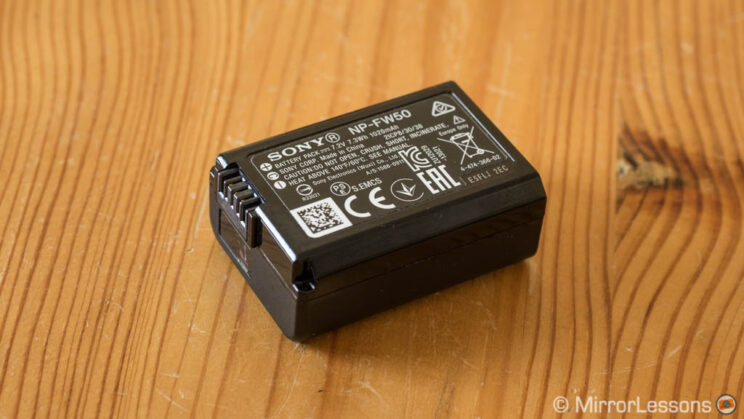
10. Price
An important thing to understand is that the A5100 has been discontinued, so you’ll only find it second-hand online or in camera shops.
The original launch price in 2014 was $550 body only or $700 with the 16-50mm kit lens. Today, you should only consider it if you can find it in good condition for around $250/$350.
The A6000, despite having a direct successor, the A6100, is still sold by online retailers for around $650 with the kit lens. The original 2014 launch prices were $650 body only and $800 with the lens. Second-hand bodies can be found for around $350/$450.
Note: prices as of August 2021, unless otherwise stated.
Conclusion
Despite sharing the same technology, the A6000 is more advanced than the A5100: the bigger grip, the extra buttons and the hot-shoe make it more suitable for users who want more versatility.
With that said, the sensor and autofocus system is the same, so you’ll get the same image and video quality, and the same performance, minus the drive speed which is higher on the A6000 if you’re looking to do a lot of actions shots.
It is also important to remember that these products are now 7 years old, which is a lot in the world of consumer electronics. While the sensor and AF hold up quite well by today’s standards, I think they are worth considering only if you can find them for a very good price, new or second-hand.
My advice is to get the A6000 if your budget allows for it as it’s a more complete camera. I would consider the A5100 only if it is an offer you can’t refuse, or really want something small.
Check the price of the Sony A6000 on
Amazon | Amazon UK | B&H Photo | eBay
Check the price of the Sony A5100 on
Amazon | Amazon UK | eBay
Used Sony cameras on
MPB US | MPB UK

